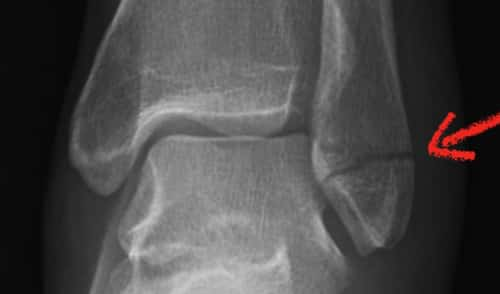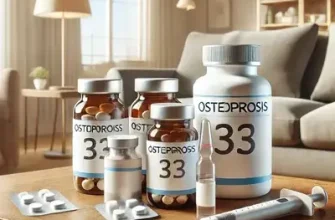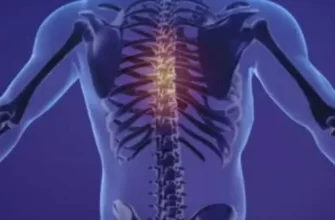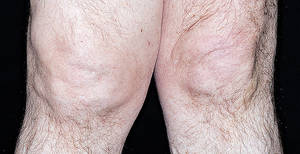The clavicle, commonly referred to as the collarbone, is a slender bone connecting the sternum to the shoulder blade. Despite its seemingly sturdy purpose—supporting the arm and transmitting forces to the axial skeleton—the clavicle is among the most commonly fractured bones in the human body. But why is this bone so vulnerable, and what does recovery entail?
Occupations Linked to Clavicle Fractures
| Occupation | Percentage of Cases |
|---|---|
| Construction Workers | 35% |
| Professional Athletes | 25% |
| Manual Laborers | 20% |
| Healthcare Workers | 10% |
| Others | 10% |
This table highlights the most common occupations associated with clavicle fractures, with construction workers and athletes at the top of the list.
How Common Are Clavicle Fractures?
Clavicle fractures account for 5% of all adult fractures and a staggering 10-15% of all fractures in children, according to a 2023 report by the American Orthopaedic Association. These injuries often result from falls, sports accidents, or car collisions. Interestingly, the middle third of the clavicle—its thinnest segment—is the most common fracture site, occurring in nearly 80% of cases.
Did you know?
A study published in the Journal of Bone and Joint Surgery found that clavicle fractures are twice as common in males as in females, especially in those under 30. (Source: JBJS, 2023)
What Are the Symptoms of a Clavicle Fracture?
A broken collarbone is hard to miss. Key symptoms include:
- Severe shoulder pain that worsens with movement.
- Visible deformity or a “bump” where the bone has shifted.
- Bruising and swelling around the collarbone.
- Limited arm mobility due to discomfort.
What Happens If It’s Left Untreated?
Leaving a clavicle fracture untreated can lead to:
- Malunion: The bone heals improperly, causing chronic discomfort or a visible deformity.
- Nerve or blood vessel damage: Rare but possible if bone fragments press against nearby structures.
- Loss of shoulder strength: Especially in athletes or manual laborers.
Prompt medical attention ensures proper alignment and minimizes long-term complications.
How Are Clavicle Fractures Diagnosed?
Doctors typically rely on:
- Physical Examination: Checking for deformity, tenderness, and skin breaks.
- Imaging: X-rays remain the gold standard for diagnosing clavicle fractures. In complex cases, CT scans may be used to assess bone fragments and joint involvement.
Treatment Options: Surgery vs. Non-Surgical Care
Non-Surgical Treatment
Most clavicle fractures (about 85%) are treated without surgery. This involves:
- Immobilization: Wearing a sling for 4-6 weeks to allow healing.
- Pain Management: Over-the-counter painkillers like acetaminophen or ibuprofen.
- Physical Therapy: Gradual exercises to restore shoulder strength and range of motion.
Surgical Treatment
Surgery is necessary for severe cases where:
- The bone is significantly displaced.
- Fractures involve multiple bone fragments (comminuted fractures).
- Open fractures occur.
Treatment Success Rates for Clavicle Fractures
| Treatment Type | Success Rate |
|---|---|
| Non-Surgical | 85% |
| Surgical | 90% |
This chart highlights the high success rates of both surgical and non-surgical treatments for clavicle fractures, with surgery having a slight edge.
Cost of Treatment
Non-surgical care for clavicle fractures can range from $500 to $1,200, while surgical treatment often exceeds $8,000 due to hospital stays and specialized equipment. Prices vary by location and medical provider.
Recovery Timeline
Most patients recover within 6-12 weeks, although it can take up to a year to regain full strength for demanding activities like sports. A well-structured physical therapy program accelerates recovery.
Recovery Time Comparison: Surgical vs. Non-Surgical
| Treatment Type | Recovery Time |
|---|---|
| Non-Surgical | 6-12 weeks |
| Surgical | 3-6 months |
This table demonstrates the significant difference in recovery times between non-surgical and surgical treatments for clavicle fractures.
Prevention: Can Clavicle Fractures Be Avoided?
While accidents are often unpredictable, taking precautions can reduce risk:
- Wear protective gear during sports like football or cycling.
- Improve bone health by consuming calcium-rich foods and maintaining adequate vitamin D levels.
- Use proper technique when lifting heavy objects to avoid falls.
A Closer Look: Real-Life Cases
- Athletic Injury: A 24-year-old cyclist fractured his clavicle during a race. After surgical fixation, he resumed competitive cycling within 5 months.
- Pediatric Fall: A 10-year-old boy fell from a tree, sustaining a mid-shaft clavicle fracture. Treated non-surgically, he returned to normal activities in 8 weeks with no complications.
Editorial Advice: If you suspect a clavicle fracture, seek medical evaluation promptly. Early diagnosis and tailored treatment ensure the best outcomes. To protect your bones, maintain a balanced diet and engage in weight-bearing exercises—your collarbones will thank you.









